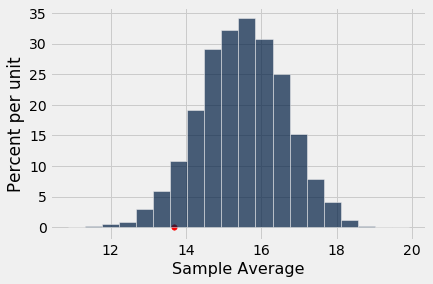- Videos
- No Textbook
- Homework (Due Sunday 11/28, late 11/29)
- No Group Worksheet
- Lab 11 (Due Friday 12/3, late 12/12) – Note you have more time than usual for the late period
Videos
These are not from the Data8 material. These are a refresher of Python Data Structures which is important to understand if you want to take CS216 and use the pandas library. The Homework focuses on slicing and dictionaries, which are the most relevant to completing the lab.
- Sequences: Strings, List, Tuple (with slicing)
- Sequences: Strings, List, Tuple Part 2
- Sets and Dictionaries
